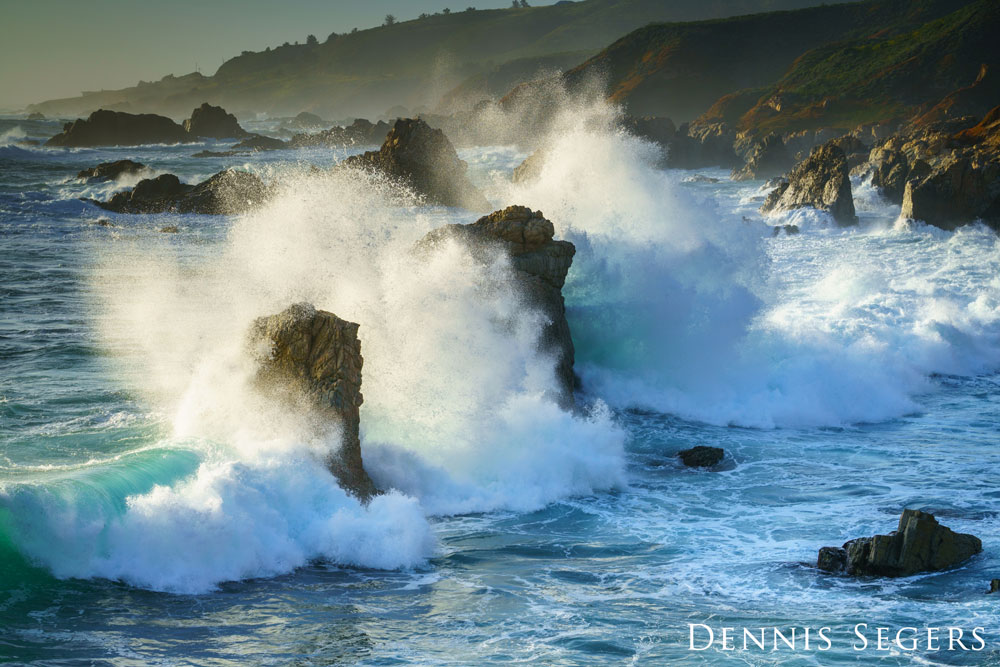
Climate change effects on the marine environment, including warming seawater temperatures, ocean acidification, sea level rise, and changes in currents, upwelling, and weather patterns, have the potential to cause fundamental changes in marine and coastal ecosystems. Staff is addressing the impacts of climate change in Monterey Bay National Marine Sanctuary through regional collaboration and coordination, research, education, and outreach.
In 2011, the West Coast Regional Office of NOAA's Office of National Marine Sanctuaries created a West Coast Ocean Acidification Plan, which includes strategies for monitoring and researching ocean acidification as well as mitigating its impacts on sanctuary resources. In 2020, NOAA’s Office of National Marine Sanctuaries released Climate Change Impacts Monterey Bay National Marine Sanctuary to explore how the sanctuary is being affected by climate change, and projections for the future.
Sanctuary staff actively work with partners and local governments to address the impacts of sea level rise and debris from landslides on the coastline of Monterey Bay National Marine Sanctuary. This includes the development of sediment management plans and beach replenishment projects designed to reduce shoreline erosion now and in a future of higher sea levels.
Sanctuary staff and managers also actively participate in outreach and education with local and regional communities, and incorporate climate change into training of sanctuary volunteers. Through these efforts, Monterey Bay National Marine Sanctuary is increasing public understanding and awareness of climate change impacts.
National marine sanctuaries and other marine protected areas are important nature-based solutions to human-caused climate change. By safeguarding essential ecosystems responsible for local and global contributions to biodiversity, carbon storage, livelihoods, coastal security, cultural heritage, and more, marine protected areas contribute to reducing or removing greenhouse gas emissions and adapting and building resilience to climate change impacts.



